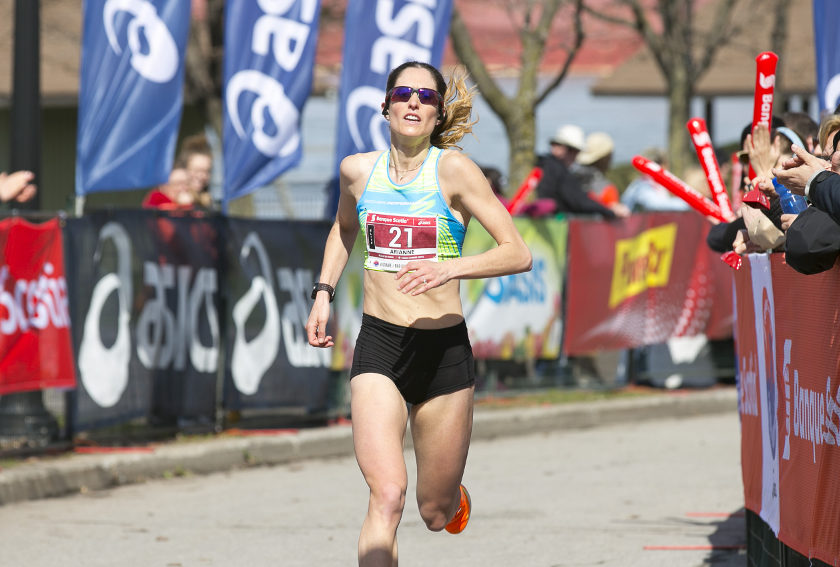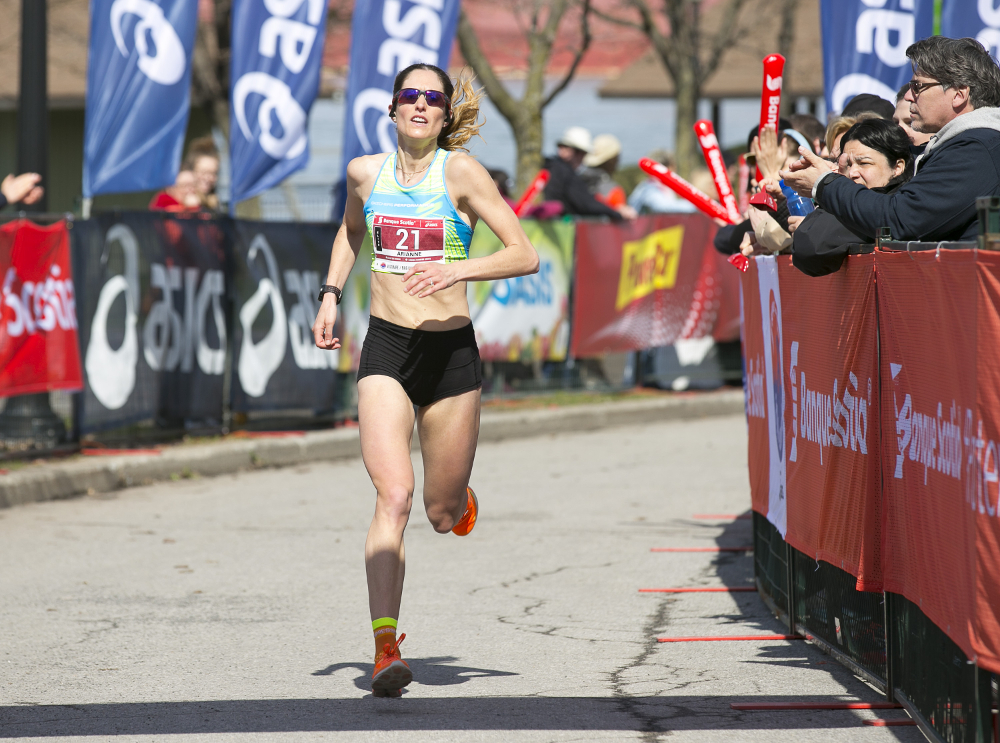Four ways to improve your half and marathon time
There are truly no short-cuts when it comes to running a good half or full marathon time, but these four suggestions are as close as you'll get


Peak race season is about to start across the country which means an abundance of half and marathon events to train for and race. Preparing for these longer distance road races requires careful consideration and specific training with few ‘short-cuts’ to success.
RELATED: Marathon Training 101: What matters most for 42.2K success?
In lieu of short-cuts, here are four underrated yet undeniably effective ways to enhance your training for and improve your performance at the half and marathon distance:
Add a medium-long run
You know that the long run–the longest run you do once a week that accounts for 20-30 percent of your total mileage–is essential for success and develops the endurance needed to go the distance on race day. But all the other runs you do (or don’t do) each week count for something too, whether they’re a workout, an easy run or a rest day.
To help boost your endurance beyond what you get from the long run, consider adding a medium-long run once a week, usually in the middle of the week and a day or two away from workouts. In terms of time, any run lasting 60 minutes or more, and up to a max of 90 minutes or so, could be considered medium-long. If you train by distance, half-marathoners should run 12-15K while marathoners can aim for 20-25K. Do this run at a relaxed and comfortable pace as it is not really a workout and is more about spending time on your feet.
Run doubles
Running more (total mileage) is one of the simplest means of boosting your running fitness. Running twice in one day–called ‘doubles’–is one way to do this. Usually done by running first thing in the morning, followed by a full day of work (and time to recover) before lacing up again for a second run 8-12 hours later. Not only does this increase your total mileage, it also can help hasten recovery before, after and in between hard efforts–like long runs and workouts–by actively circulating blood to the working muscles and tissues.
If you’re already running the maximum number of days per week you can handle, try to double up and add an extra run to one of those days (preferably an easy or recovery run day). The run could be as short as 20 minutes and as long as an hour.
Do depletion runs
Admittedly hard to do, depletion runs means heading out the door in a semi-starved state such as after a full night’s sleep and before eating breakfast. These runs, which are both physically and mentally tough to complete, help the body to more efficiently utilize fats as fuel which is necessary for the latter part of a half and especially a full marathon.
If willing to do a depletion run, start by doing so on a shorter and easier run. Over time, gradually increase the length and duration of your depletion run until you are running 60 minutes or more. The first run of a double day or even a medium-long run are good options for more advanced depletion runs. In general, workouts and long runs should be done when properly rested and fueled but some advanced runners may experiment by running harder efforts in a depleted state.
Run at race pace
Dedicating time to practice running at race pace makes intuitive sense given the whole goal of training is to maintain that pace for the entirety of the race. And not only does this afford physical benefits such as running at the right cadence, maintaining good form and efficiently utilizing fuel, but it also provides valuable psychological benefits, most notably it helps create the confidence that you’ll be able to run at race pace for the whole race.
A race pace run is a type of workout that should be done every so often. Doing part of your long run at race pace (up to about 50 percent of it) is a good option that best simulates the race environment. Another option is to do a dedicated tempo run–20-60 minutes at race pace–or long intervals–2-4 x 5K at race pace with 2-5 minutes rest between–as a workout once a week. If possible, try to simulate other aspects of your upcoming race–such as start time, the course and/or terrain and what you eat and drink while running–during the effort.


